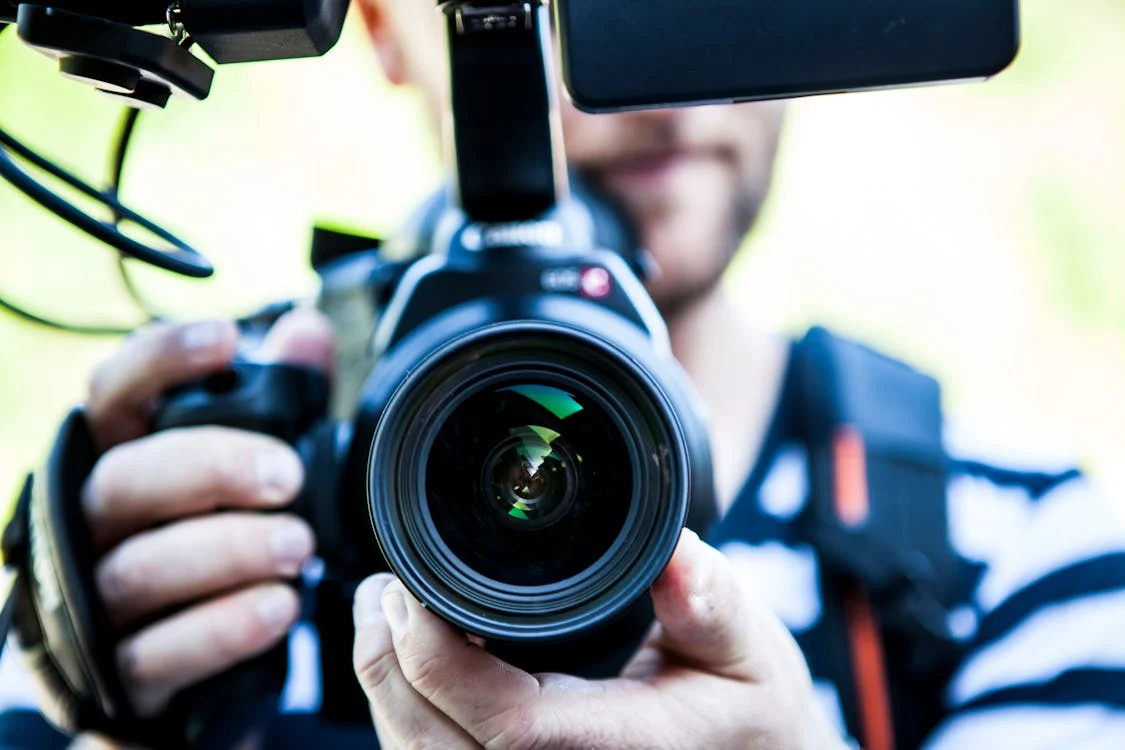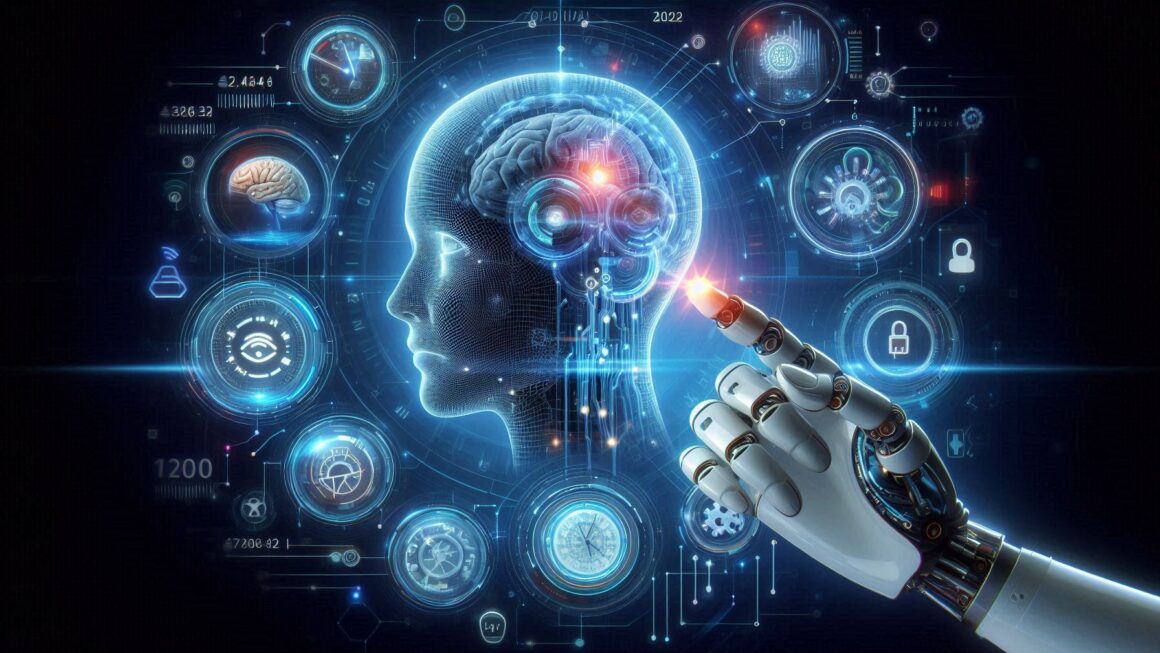Artificial Intelligence (AI) has been revolutionizing various industries, and the realm of video making is no exception. Integrating AI into video production has not only streamlined workflows but also opened up new possibilities for creativity and innovation. From video editing to AI video generation and the use of advanced tools like video trimmers, AI technology is transforming the way videos are made. This article explores the profound impact of AI on video making and highlights its most amazing features.
The Evolution of Video Editing
Traditionally, video editing has been a labor-intensive process, requiring significant time and effort. Editors had to manually sift through hours of footage, select the best clips, and piece them together to create a coherent narrative. However, AI technology has significantly eased this burden.
AI-Powered Video Editing Tools
Modern video editing software like Adobe Premiere Pro and Final Cut Pro now incorporate AI-driven features that automate many aspects of the editing process. For instance, Adobe’s Sensei AI can automatically tag and organize footage, making it easier for editors to find the clips they need. It can also suggest edits based on the content of the footage, saving time and enhancing efficiency.
Enhanced Editing Capabilities
AI has introduced advanced capabilities such as facial recognition, scene detection, and motion tracking. These features allow editors to perform complex tasks with greater precision. For example, AI can automatically stabilize shaky footage, match colors across different scenes, and even replace backgrounds without the need for a green screen.
AI Video Generation
One of the most groundbreaking applications of AI in video making is AI video generation. This technology can create videos from scratch or enhance existing footage in ways that were previously unimaginable.
Creating Videos from Text
AI video generation tools like Lumen5 and Pictory can transform written content into engaging videos. These tools analyze the text, extract key points, and generate a video complete with relevant visuals and voiceovers. This is particularly useful for content creators and marketers who need to produce videos quickly and efficiently.
Deepfake Technology
Deepfake technology, which uses AI to create highly realistic synthetic videos, has garnered significant attention. While it has raised ethical concerns, it also offers exciting possibilities for the entertainment industry. Filmmakers can use deepfake technology to resurrect deceased actors, create realistic digital doubles, and even seamlessly de-age characters.
Video Trimmer: Precision Editing Made Easy
A video trimmer is a fundamental tool in video editing, allowing editors to cut and trim footage to the desired length. AI-enhanced video trimmers take this basic functionality to the next level.
Automated Trimming
AI-powered video trimmers can analyze footage and automatically identify the most relevant parts. This is particularly useful for creating highlights or trailers, as the AI can quickly extract the most exciting or important moments from a longer video. For example, sports broadcasters can use AI trimmers to create highlight reels in real time, ensuring viewers don’t miss the most thrilling parts of a game.
Intelligent Scene Detection
Advanced video trimmers can also detect scene changes and transitions, allowing editors to make precise cuts without manually searching through the footage. This feature is especially beneficial for editors working on projects with a large amount of raw footage, as it saves time and improves accuracy.
Enhancing Creativity with AI
AI is not just about automation; it also enhances creativity by providing new tools and possibilities for video makers.
Creative Filters and Effects
AI can generate a wide range of filters and effects that can be applied to videos to achieve different artistic styles. For instance, tools like Prisma can turn video footage into animations that mimic famous art styles, adding a unique and creative touch to the content.
Music and Sound Editing
AI can analyze video content and suggest or even create appropriate background music and sound effects. This not only enhances the overall production quality but also ensures that the audio complements the visuals perfectly. Tools like AIVA (Artificial Intelligence Virtual Artist) can compose original music tailored to the mood and tone of a video.
Improving Accessibility and Reach
AI technology is also making videos more accessible and increasing their reach to a broader audience.
Automatic Subtitling and Translation
AI-driven tools can automatically generate subtitles for videos, making them accessible to deaf and hard-of-hearing viewers. Moreover, AI can translate these subtitles into multiple languages, allowing content creators to reach a global audience. YouTube, for example, uses AI to provide automatic captioning and translation, making videos more inclusive and widely accessible.
Content Personalization
AI can analyze viewer preferences and behaviors to personalize video content. Streaming platforms like Netflix use AI algorithms to recommend videos based on user’s viewing history, ensuring that viewers are presented with content they are likely to enjoy. This personalized approach not only enhances the viewer experience but also increases engagement and retention.
The Future of AI in Video Making
As AI technology advances, its impact on video-making is expected to grow even more profoundly. Future developments may include even more sophisticated AI video generation tools, real-time editing capabilities, and advanced features that we can only imagine today.
Real-Time Editing and Production
Real-time AI editing could enable live broadcasts to be edited on the fly, with AI handling tasks like scene switching, graphic overlays, and even live commentary. This could revolutionize live sports, news, and event coverage, providing a more dynamic and polished viewer experience.
Virtual Reality and Augmented Reality
AI is set to play a crucial role in the development of virtual reality (VR) and augmented reality (AR) video content. AI can help create realistic virtual environments and interactive experiences, pushing the boundaries of immersive storytelling.
Ethical Considerations
While the potential of AI in video making is immense, it is essential to address the ethical considerations associated with its use. Issues such as data privacy, the authenticity of AI-generated content, and the potential for misuse of deepfake technology must be carefully managed to ensure that AI is used responsibly.
Conclusion
The impact of AI technology on video making is undeniably transformative. From streamlining video editing processes to enabling the creation of entirely new types of content, AI has revolutionized the industry. Tools like AI-powered video trimmers, AI video generation software, and advanced editing features are making video production more efficient, creative, and accessible than ever before.
As AI technology evolves, it will undoubtedly bring even more innovative features and possibilities to video making. For filmmakers, content creators, and marketers, embracing AI means not only staying ahead of the curve but also unlocking new levels of creativity and productivity. The future of video making is bright, and AI is at the forefront of this exciting transformation.
You may also like to read:



